Want to add review schema to your site, but don’t know where to start?
No problem.
Because in this guide, you’ll learn everything you need to know about this underrated, CTR boosting technique for your site.
We’ll cover:
- What review schema is
- What it can be used for
- Best ways to add review schema
- And more
Keep reading.
Want to add review schema to your WordPress site fast? We recommend using RankMath because it provides an all-in-one solution for SEO and helps you add 20+ schema types quickly and easily to your pages.
What is Review Schema?
Review schema is a type of code you add to your site that instructs Google to show ratings and other stats in your search results.
For example, customer review ratings for a product you sell on your eCommerce site:
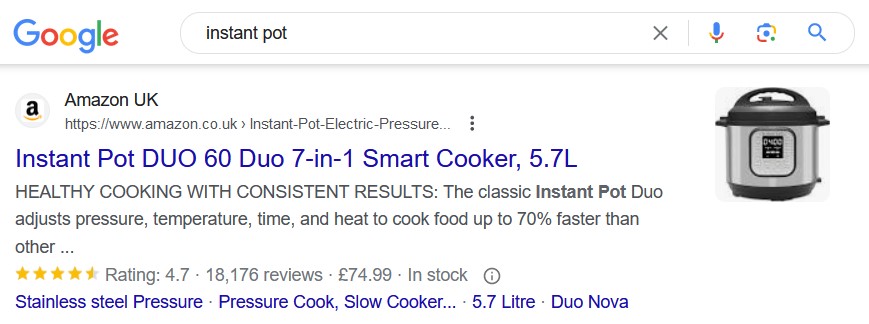

Or recipe details when searching for something to cook:
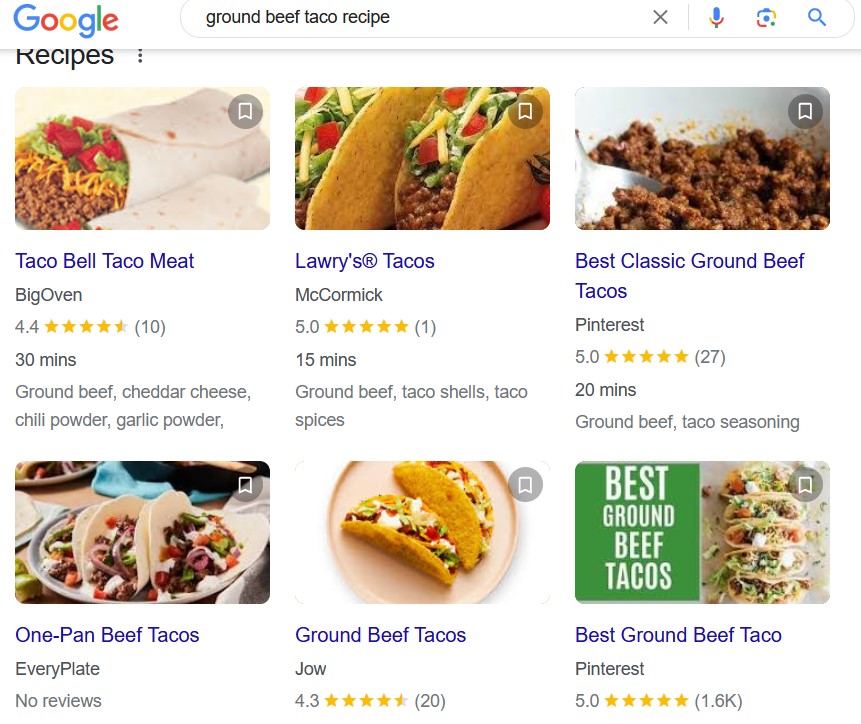

This extra information enhances the appearance of your search results, potentially improving click-through rates.
Here’s what the code (also known as Schema Markup) looks like:
<script type="application/ld+json">
{
"@context": "http://schema.org",
"@type": "Review",
"itemReviewed": {
"@type": "Product",
"name": "Weighted Blanket"
},
"author": {
"@type": "Person",
"name": "John Smith"
},
"datePublished": "01-30-2024",
"reviewRating": {
"@type": "Rating",
"ratingValue": "4.5",
"bestRating": "5",
"worstRating": "1"
},
"reviewBody": "I really love this product! Arrived quickly too, thanks!"
}
</script>
In the above example, the code lets the search engine know that someone has left a review and a star rating of 4.5.
ratingValue = “4.5”
reviewBody = “I really love this product! Arrived quickly too, thanks!”
Other information includes the product name, name of the reviewer (author), and the publication date.
The code is what instructs Google to show this information in the search result snippet.
What are the Benefits of Review Schema?
Using review schema markup on your site provides search engines with a deeper understanding of your site’s content.
This can help in many ways. One benefit is improving CTR in SEO. This is down to search results standing out more to the searcher, encouraging more people to click through.
Another benefit is it can increase organic traffic due to several factors. These are mainly down to a combination of higher CTR, search rankings visibility, credibility, and improved on-site engagement.
Here are some more advantages of adding review structured data to your site:
- Provides search engines with more data, adding better context and comprehension of user intent.
- Enhances the Google search result of product reviews by including things like star ratings, drawing attention, and providing credibility.
- Increases the potential for higher click-through rates as reviews with star ratings are more noticeable.
- Improves trust by showing genuine customer feedback in the SERPs.
- Supports local SEO by highlighting reviews for local businesses.
- Assists in distinguishing your products or services from competitors.
- Contributes to more informative rich snippets that can increase engagement and more time on site.
Review Schema Markup vs Structured Data?
Structured data is the general term used to describe additional information about a webpage’s content.
And review schema is a specific type of structured data.
| Term | Description |
|---|---|
| Structured Data | This is the general term that refers to data organized in a structured format. |
| Schema Markup | This is the specific deployment of structured data using a predefined set of schemas, provided by schema.org. |
| Review Schema Markup | This subset of schema markup is specifically used for adding structured data about reviews on a webpage. |
Review Schema vs AggregateRating?
There are two types of schema for reviews: Review and AggregateRating.
Review Schema:
- Review schema is used for individual reviews or ratings of a product or service.
- It includes properties such as the reviewer’s name, the review’s date, the review text, and the rating the reviewer gives (as in the example shown above).
AggregateRating Schema:
- AggregateRating schema is used for the overall rating of an item based on multiple reviews.
- This allows users to see an average product rating and the total number of reviews.
AggregateRating looks like this:
<script type="application/ld+json">
{
"@context": "http://schema.org",
"@type": "AggregateRating",
"itemReviewed": "Car Polish",
"ratingValue": 4.5,
"reviewCount": 100
}
</script>
Review Rich Snippet Content Types
Various content types can be used for review markup. Here’s a brief overview of the most common types and why they’re beneficial.
Books
Book review snippet schema enhances the visibility of book reviews, making them stand out to the user.
Elements you can add for book reviews include the author, review body, review stars, name of the book, and date published.
This can help people search for things like the best audiobooks for business or other genres and find trusted reviews before they buy.
Courses
Course review structured data highlights details about online courses. This can be a course sales page, such as on Udemy, or when a blogger reviews a course.
Course elements include the course name, provider, reviewer, review date, review rating, and more.
This can help learners decide which courses to enroll in. Plus, it will help you enroll more students when selling online courses.
Events
The event review schema provides people with reviews and details about upcoming events, such as retreats or concerts.
Elements that can be used include the event name, location, reviewer name, body, and star rating.
Local Businesses
The local business review schema enhances the visibility of local business reviews in searches and maps.
Elements available for events include business name, location, type of service, reviewer details, rating, and summary.
These types of reviews are great for boosting credibility and helping businesses rank higher in search results and maps.
Movies
Displays movie reviews in the search results, offering quick insights into the quality of the film.
Elements for movie reviews include movie title, director, release date, reviewer’s name, rating, and the review itself.
Products
The product review schema improves the appearance of products in search results, helping searchers find products faster.
Key elements for product reviews include product name, manufacturer, reviewer, review date, rating score, and more.
Product schema markup is crucial for improving conversion rates and building trust with potential buyers.
Recipes
The recipe review schema makes online recipes easier to digest inside the search listing.
Key elements for recipes include the recipe name, author, cuisine type, review author, rating, and more.
This type of review schema helps searchers find recipes that the community or audience of a website has validated.
How to Add Review Schema to Your Site
There are a couple of ways to add schema markup to your site.
The easiest way is through a plugin such as RankMath if you’re using a WordPress site. Another way is by using a schema generator.
Here’s how to do this step-by-step.
Use a review schema WordPress Plugin
The easiest way to add review schema to your site is through the plugin RankMath.
There are two approaches.
One is when writing on a product review blog, and the other is for customer reviews for WooCommerce.
Both methods require some settings to be changed inside the article or product you’re publishing on your site.
Affiliate product reviews:
Click on the RankMath icon in the right sidebar, then the third icon along:
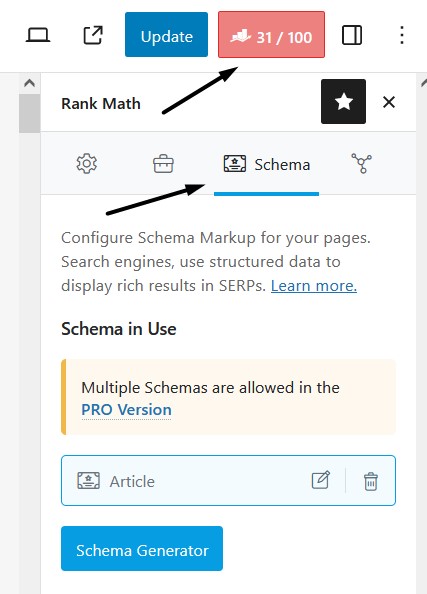

Click the Schema Generate button, and you’ll see a selection of schema properties to choose from, such as courses, books, etc.
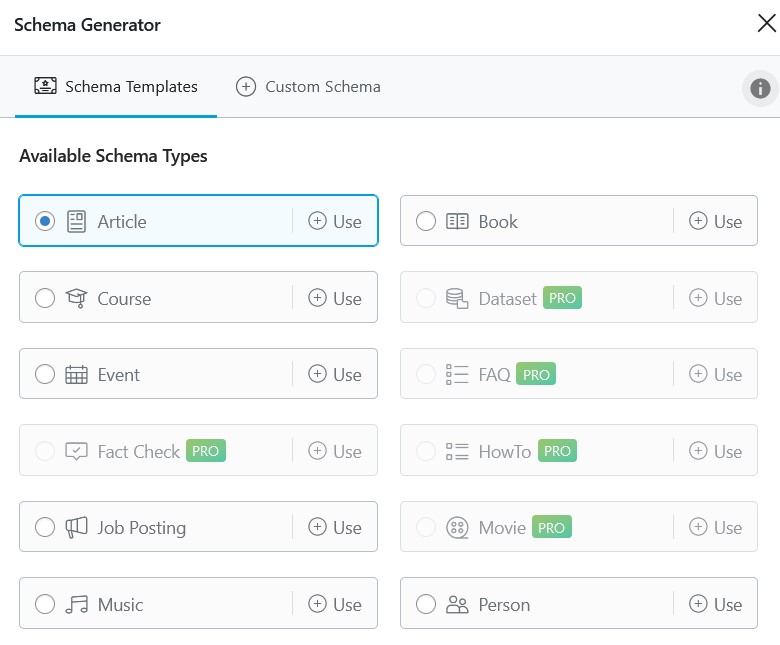

Choose the one that best suits the product you’re reviewing. Fill out the details, select where you want the schema box to display on the page, and click save.
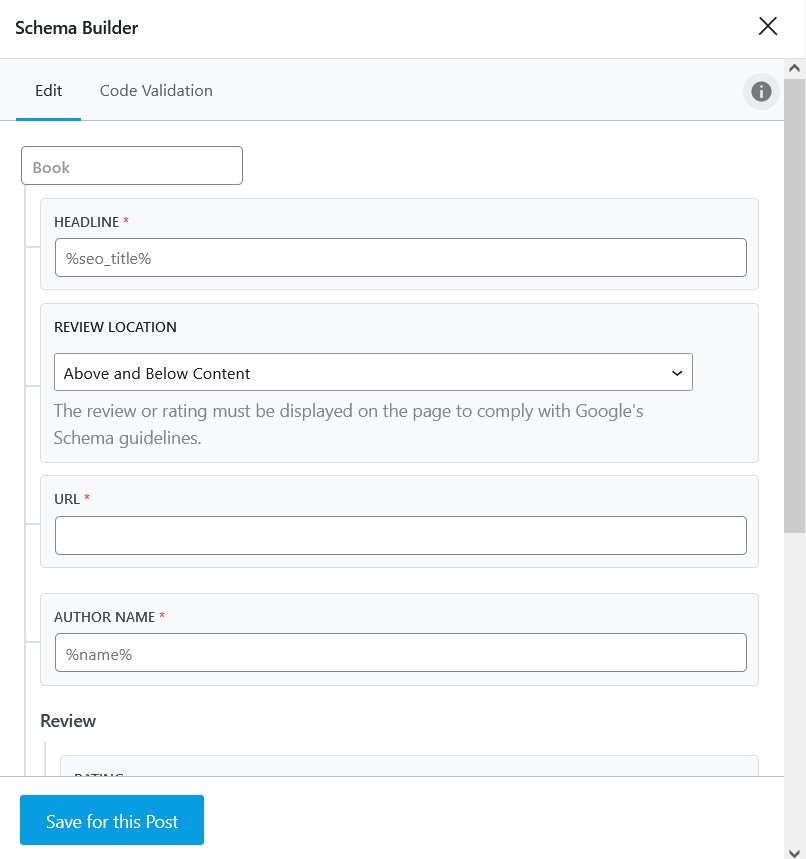

For WooCommerce products, the process is easier. Just click the WooCommerce option in the Schema types:


Then, the data will be added automatically when you fill out the product details in WooCommerce.
That’s it!
Be sure to check out our RankMath Pro Review for more details.
Use a review schema Generator
A review schema generator allows you to input details about the product being reviewed.
The tool will generate the schema markup that needs to be added to your page’s HTML.
There are many online schema generators available to choose from. Here are a few popular options.
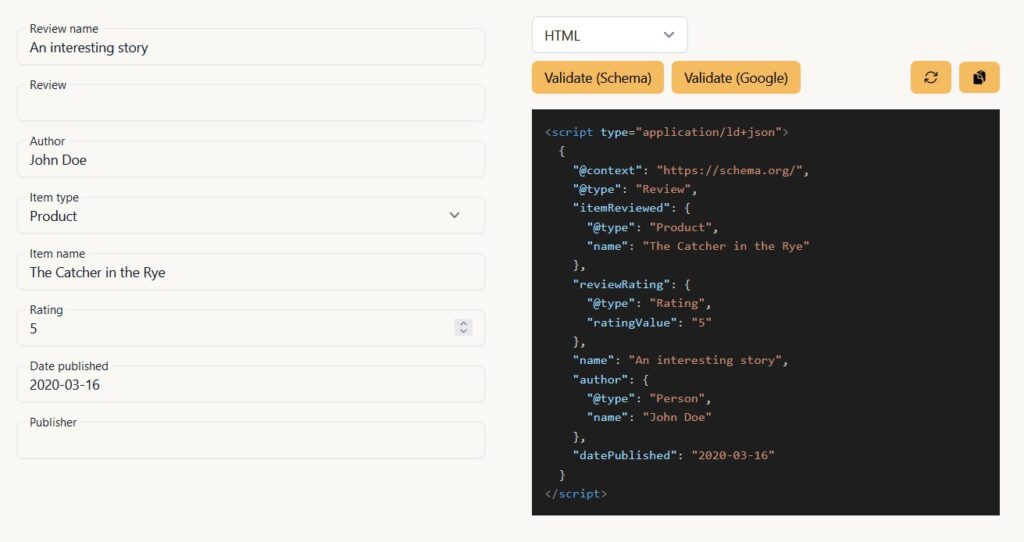

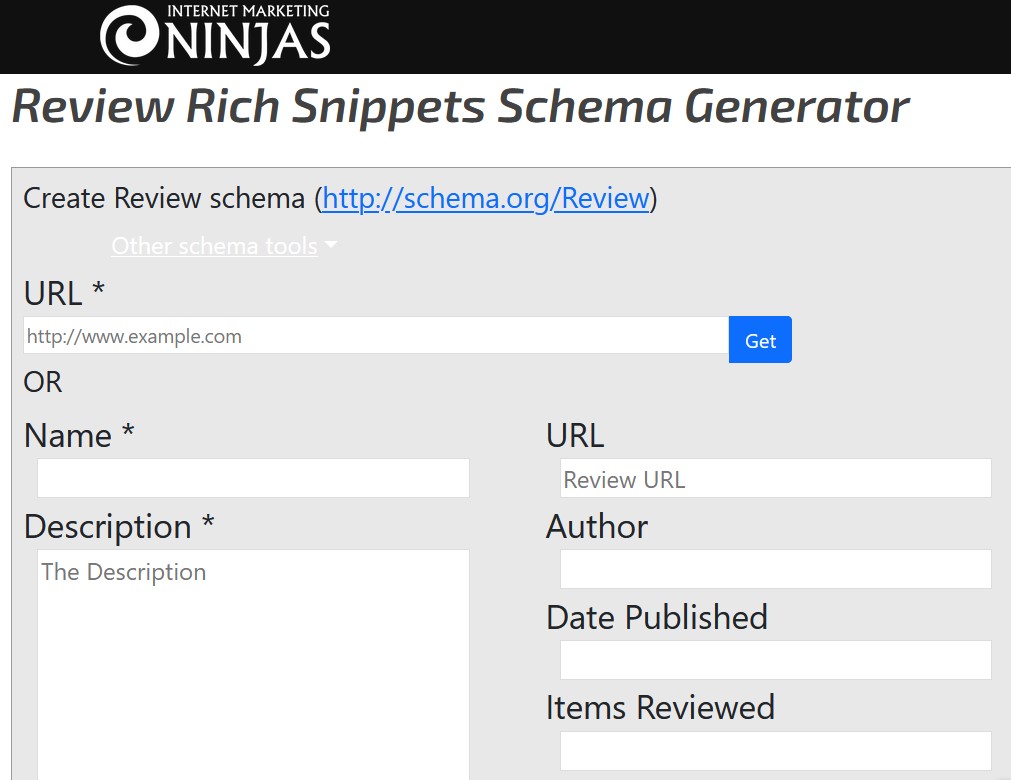

Clouty: This one will also let you generate Aggregate Rating schema markup.
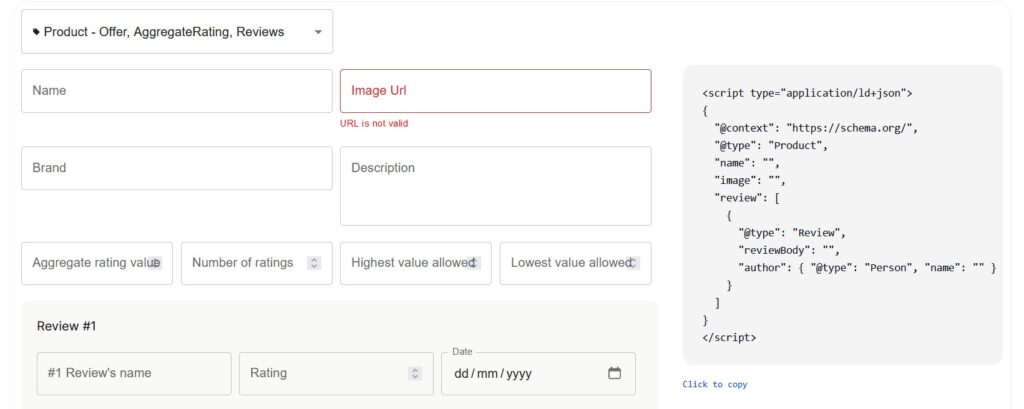

Simply choose one of the tools above, enter your data, and click the button to generate the code.
Hire SEO services on Fiverr
There are hundreds of digital marketing services available on Fiverr, and adding Google review schema is one of them.
This will be the best option if you want to save time or want to outsource this technical process.
A quick search on Fiverr shows tons of people who can add review schema to your site and follow Google’s guidelines.
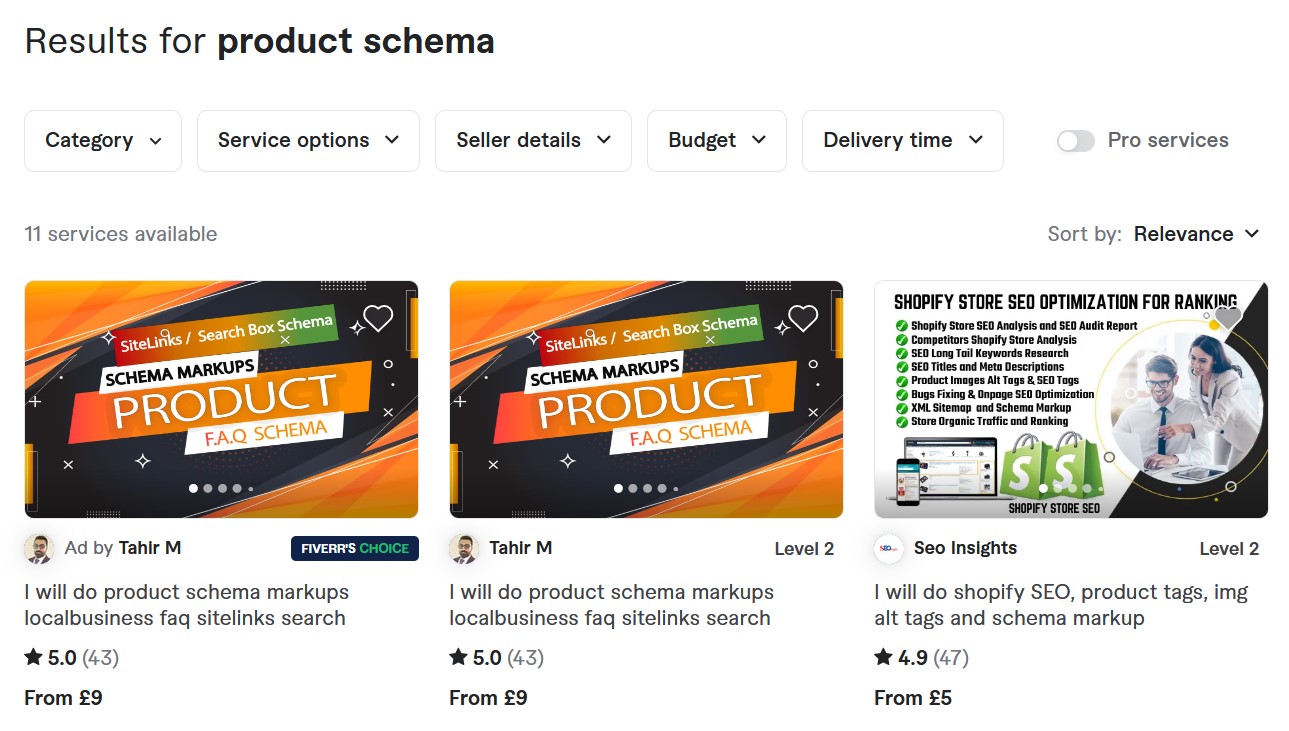

How to Test Review Schema
Adding review schema to your site is only the first step. It’s also important to check the pages you’ve added schema code to to make sure its code is valid.
One way to do this is through the official Schema Markup Validator. Simply head over to the site and enter your URL:
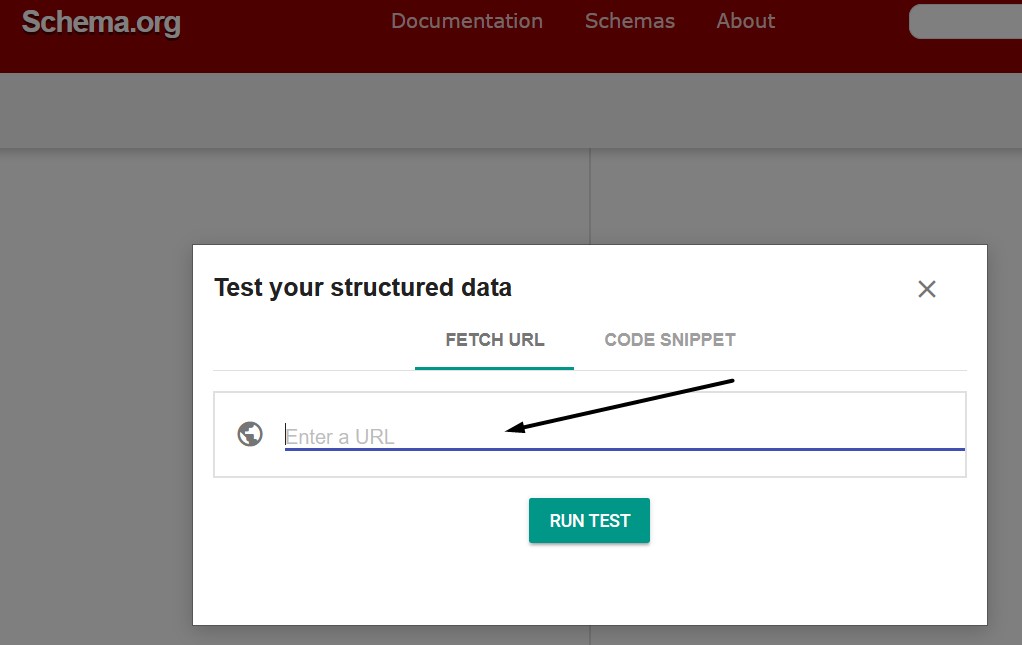

After the scan, it will show the code on one side and any schema properties found on the other:
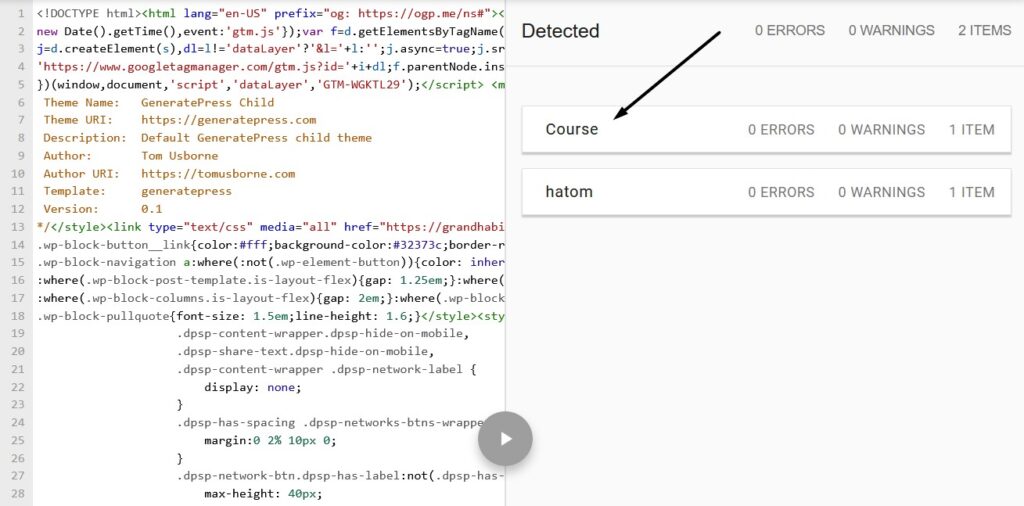

If there are any errors or warnings, it’ll show up on the card on the right. You can follow the suggestions it gives to fix any syntax issues.
Another tool you can use is the Rich Result Testing Tool by Google. It works similarly to the other tool but with a different user interface.
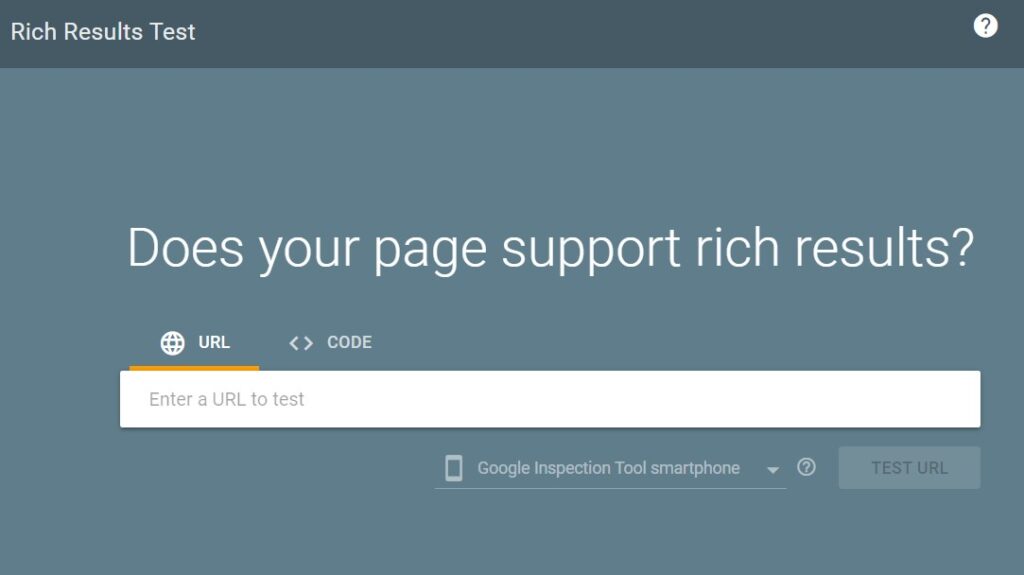

I find this tool a bit easier to use than the other. It also gives suggestions based on Google’s guidelines.
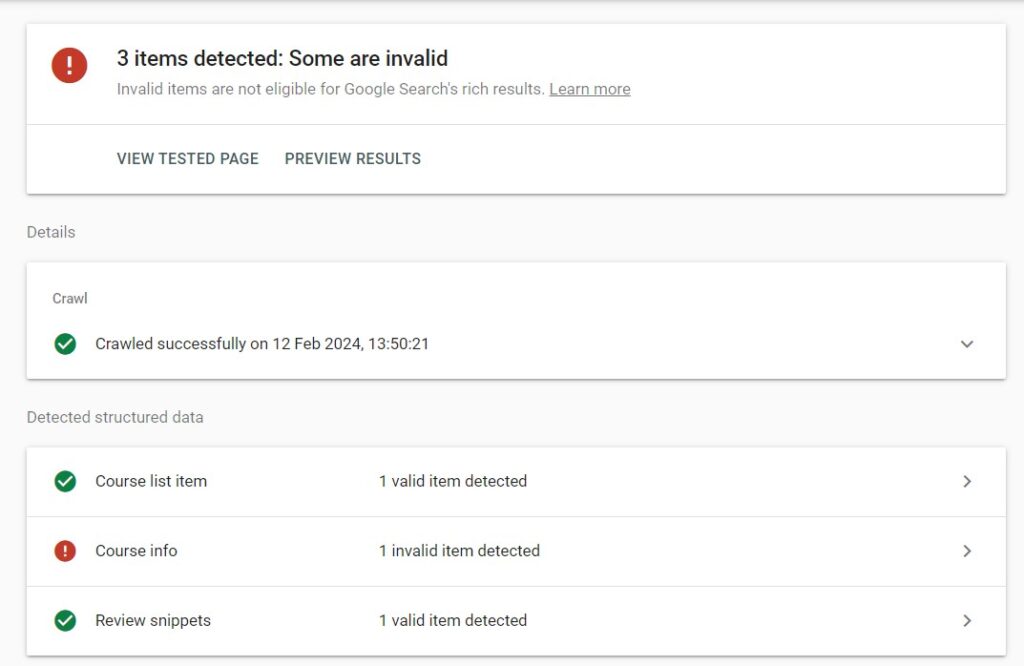

Review Schema in Conclusion
Adding review schema to your site will help Google understand your content better and display it well in search results.
This has many benefits, such as improved CTR and establishing credibility with Google and search traffic.
If you’re using WordPress, our recommendation is to use RankMath to add review schema. It not only makes the process simple, but it will also improve your site’s SEO altogether.